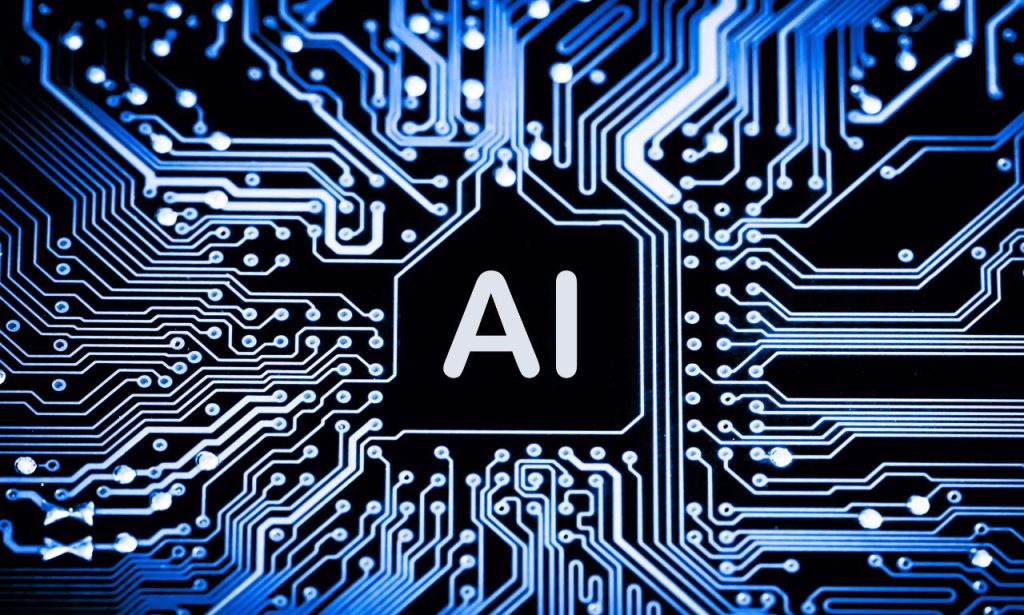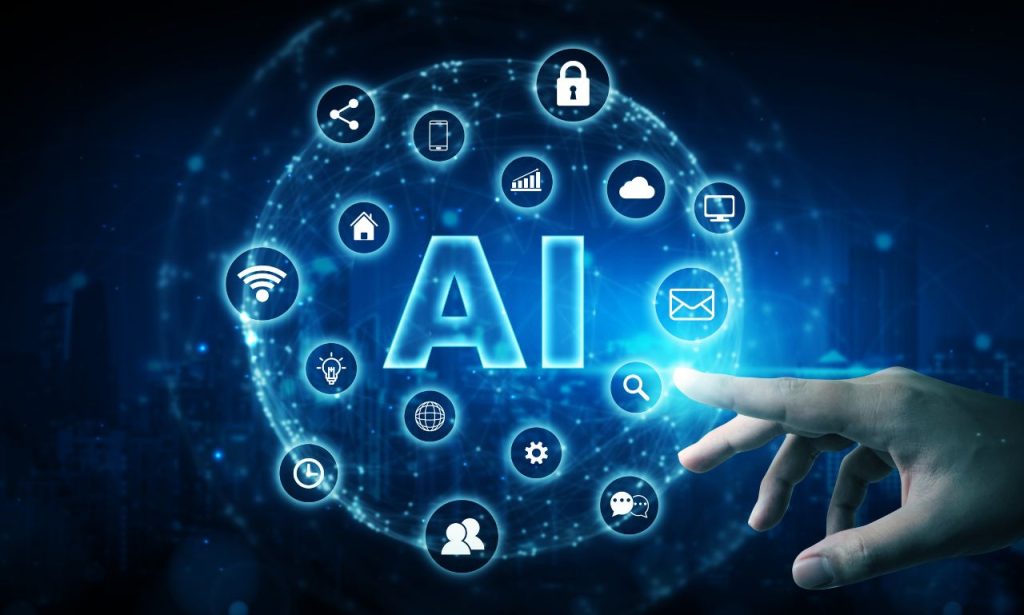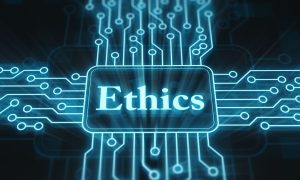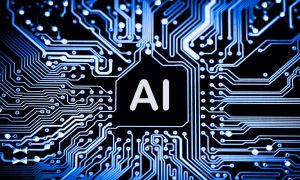Have you ever wondered how AI creates those impressive answers, images, or music pieces that seem to come from nowhere? I sure have. The magic behind AI’s ability to generate information is both fascinating and complex, yet understanding it doesn’t require a PhD in computer science. From the algorithms that power your favorite chatbots to the neural networks creating art that sells for thousands of dollars, this technology is revolutionizing how we think about creativity and information processing. Let’s dive into the world of generative AI and see what makes it tick.
What is Artificial Intelligence?
Artificial Intelligence isn’t just a buzzword—it’s a technological revolution changing how businesses and individuals operate daily. At its core, AI refers to computer systems designed to perform tasks that typically require human intelligence.
The history of AI dates back to the mid-20th century, when pioneers like Marvin Minsky laid the groundwork for today’s AI landscape. What started as simple rule-based systems has evolved into sophisticated algorithms that can beat chess champions like Garry Kasparov and drive cars without human intervention.
Modern AI encompasses various approaches, from simple reactive machines that respond to specific inputs to complex systems that can analyze massive data sets and generate original content. The capabilities range from basic pattern recognition to creating entirely new information, which we’re focusing on today.
What Technology Does AI Require?

Creating artificial intelligence that can generate information isn’t something you can do on your grandma’s old desktop computer. The technology behind AI requires serious computational power and specialized hardware.
Most modern AI systems rely on GPUs (Graphics Processing Units) rather than traditional CPUs. Why? Training neural networks involves parallel processing of enormous amounts of data, which is something GPUs excel at. Companies invest millions of dollars in data centers filled with these specialized processors to train a single advanced AI model.
Beyond hardware, AI needs vast amounts of data to learn from. The quality and diversity of this data directly impact the AI’s capabilities. For instance, language models must process billions of text examples to understand grammar, context, and meaning in human language.
Storage solutions for this data must be robust and accessible. Many organizations use cloud infrastructure to manage the terabytes or even petabytes of information needed. And let’s not forget about the advanced algorithms—these mathematical models form the backbone of how AI processes and generates information.
The carbon footprint of training large AI models can also be substantial. Some studies suggest that training a single large language model can emit as much carbon as five cars over their lifetimes. This environmental impact is pushing researchers to develop more efficient training methods.
How Does AI Work?
AI works through various techniques that allow computers to process, learn from, and generate information. Unlike traditional programming, where developers write explicit instructions for every scenario, AI systems learn patterns from data and apply that knowledge to new situations.
The magic happens when AI moves beyond simply analyzing information to creating new content. This generation’s capability relies on several interconnected technologies working together. Let’s break down the main components:
Deep Learning
Deep learning represents one of the most potent approaches in modern AI. This technique mimics how our brains work by using artificial neural networks with multiple layers—hence the “deep” in deep learning.
What makes deep learning special is its ability to discover features in data without human intervention. For example, early layers may detect edges and simple shapes when recognizing images, while deeper layers identify more complex patterns, such as faces or objects.
The real breakthrough came when researchers figured out how to train these deep networks efficiently using techniques like backpropagation. This allows the system to adjust its internal parameters based on errors, gradually improving its performance.
Deep learning excels at tasks like image recognition, speech processing, and, crucially for our topic, generating content. Some of the most impressive AI systems today, such as those that create realistic images or write coherent text, rely on deep learning architectures like transformers or diffusion models.
Companies are applying deep learning across industries, from healthcare (analyzing medical images) to finance (detecting fraudulent transactions) and creative fields (generating artwork or music). The versatility of deep learning makes it central to how AI generates new information.

Machine Learning
Machine learning serves as the foundation for most modern AI systems. It involves teaching computers to learn from experience rather than following strict programming rules.
There are several types of machine learning approaches. In supervised learning, the AI trains on labeled examples, such as showing it thousands of cat pictures labeled “cat,” so it learns to recognize cats. Unsupervised learning involves finding patterns in unlabeled data, while reinforcement learning rewards the AI for making correct decisions, similar to training a pet.
The beauty of machine learning is that systems improve over time with more data and feedback. This creates AI that can adapt to new information rather than becoming quickly obsolete.
For generating content, machine learning models analyze patterns in existing data, whether text, images, or sounds, and learn the statistical relationships between elements. Then, they use these patterns to create new content that follows similar structures but isn’t a direct copy.
When you use a customer service chatbot that sounds increasingly natural over time, that’s machine learning in action. The system is constantly refining its language understanding based on millions of conversations.
Natural Language Processing
Natural language processing (NLP) allows AI to understand, interpret, and generate human language. This technology bridges the gap between computer code and the messy, contextual world of human communication.
Modern NLP relies heavily on large language models trained on vast text datasets from books, articles, websites, and other sources. These models learn not just vocabulary and grammar but also subtle patterns in how we express ideas.
When AI creates articles, answers questions, or translates between languages, it uses natural language processing (NLP) to process the input and generate appropriate responses. The technology has advanced to the point where AI can write in specific styles, create persuasive content, or even craft creative stories.
Businesses are leveraging NLP for everything from content creation to automating customer service. Financial institutions use it to analyze market reports, while marketing teams employ it to generate personalized communications at scale.
Neural Networks
Neural networks form the backbone of modern artificial intelligence (AI) systems. These interconnected nodes are loosely inspired by how neurons work in our brains, creating complex webs that can identify patterns and generate new information.
A typical neural network consists of layers of nodes: an input layer that receives data, one or more hidden layers that process it, and an output layer that produces results. Each connection between nodes has a “weight” that determines how strong or weak signals are, and these weights are adjusted during training.
For generative purposes, special types of neural networks, such as GANs (Generative Adversarial Networks), have revolutionized content creation. GANs work by pitting two neural networks against each other—one generates content while the other evaluates it, pushing both to improve continuously.
Another diffusion model approach starts with random noise and gradually refines it into coherent content. This technique powers popular image generators like Stable Diffusion, creating stunning visuals from simple text prompts.
The complexity of neural networks allows them to capture incredibly nuanced patterns in data. When you see AI-generated art that looks like it was painted by a master artist or text that captures a specific author’s style, that’s the neural network’s ability to learn and reproduce subtle characteristics.
Benefits of Generative AI
The rise of generative AI brings numerous advantages across industries and everyday applications. As this technology continues to mature, its benefits are becoming increasingly apparent.
Improved (and faster) Decision-Making
Generative AI accelerates decision-making by analyzing data and producing insights faster than any human team could. I’ve seen businesses transform their operations by implementing AI systems that generate reports, forecasts, and recommendations in minutes rather than days.
For example, marketing teams can use generative AI to quickly test dozens of ad variations and predict which will perform best before spending a single dollar on campaigns. This predictive capability helps companies allocate resources more efficiently.
In complex fields like medicine, generative AI can suggest treatment options by analyzing patient data and comparing it to millions of similar cases. While doctors make the final decisions, having AI-generated options speeds up the process and may identify solutions human experts might overlook.
Constant Availability
Unlike human workers who need sleep and breaks, generative AI systems operate 24/7 without fatigue or performance decline. This constant availability transforms customer service, content creation, and technical support.
Companies that implement AI-powered chatbots report significant improvements in customer satisfaction because users receive immediate responses at any time. These systems can generate personalized solutions tailored to specific customer issues without making them wait for business hours.
For global businesses, this around-the-clock capability means serving customers across time zones without maintaining expensive call centers in multiple locations. The AI generates appropriate responses regardless of when the inquiry comes in.
The reliability factor also matters—generative AI doesn’t have bad days, get sick, or need vacation time. This consistency in generating information leads to more stable business operations and a better user experience.
Enhanced Creativity

Contrary to fears that AI might replace human creativity, generative AI enhances it by serving as a collaborative tool. Creative professionals across industries are discovering how AI can generate starting points, variations, or complementary elements to their work.
Writers use generative AI to overcome writer’s block by having systems suggest alternative phrasings or plot developments. Designers leverage AI image generation to quickly explore visual concepts before refining the most promising ideas.
Business users find that generative AI helps break out established thinking patterns by suggesting novel approaches to problems or generating unexpected product ideas. This capacity for generating truly original concepts makes AI an invaluable brainstorming partner.
Conclusion
The ability of AI to generate information represents one of the most significant technological advances of our time. These systems can now create content that’s increasingly difficult to distinguish from human-made work through deep learning, machine learning, natural language processing, and neural networks.
Remember that generative AI isn’t magic—it’s built on sophisticated mathematics, powerful hardware, and vast amounts of training data. Understanding how these systems work helps us use them more effectively and address important questions about their limitations and ethical implications.
Whether you’re a business owner looking to implement AI solutions or simply curious about this fascinating technology, staying informed about how AI generates information will be increasingly valuable in our AI-augmented future.
ALSO READ: Best New & Upcoming AI Gadgets
FAQs
Machine learning is a subset of AI that focuses on systems that learn from data, while AI is the broader concept of machines exhibiting intelligence.
AI generates new combinations based on patterns in training data rather than understanding creativity, but the results can still be novel and valuable.
Rather than replacement, we’re seeing AI augment human creativity by handling repetitive tasks and suggesting new directions for creative work.
Most advanced generative AI models require massive datasets—often billions of examples—to produce high-quality output.
AI-generated content isn’t direct plagiarism but raises complex intellectual property questions as systems learn from existing human-created works.




